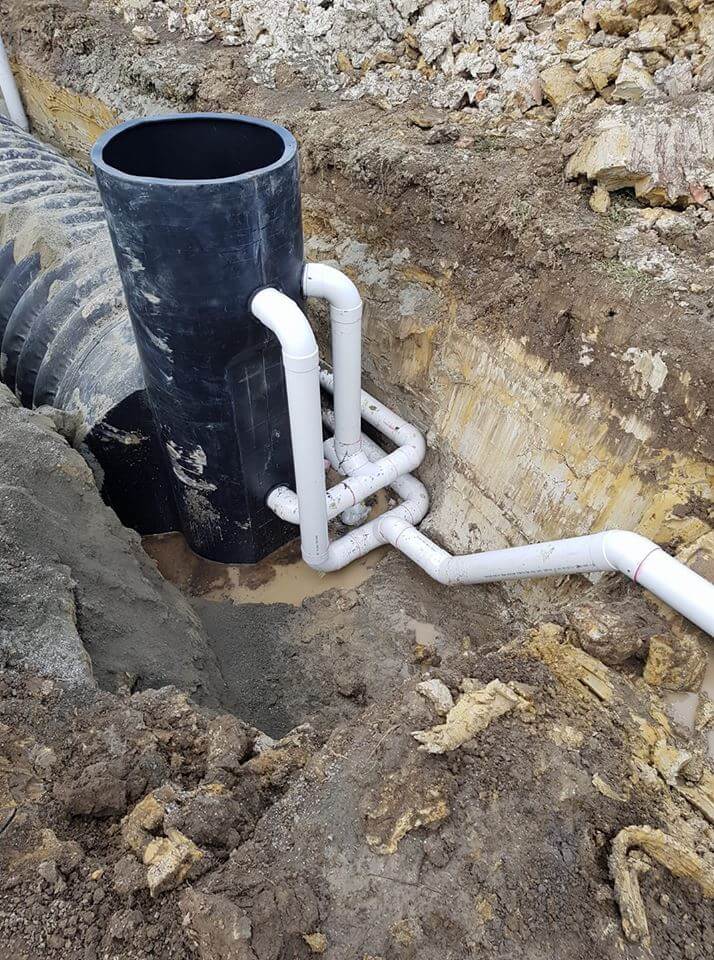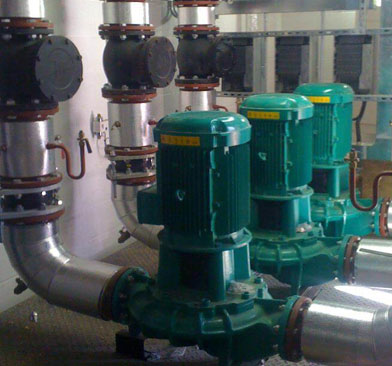Categories

Commercial kitchens streamlined with premier drainlaying professionals
An efficient drainage system is essential when running a commercial kitchen. It ensures hygienic conditions and prevents costly plumbing issues down the line. From your food preparation areas to your sinks, understanding the crucial components of the drainage system can help maintain a smoothly operating kitchen. That’s where the expertise of hiring trusted drain layer professionals can make all the difference.
Understanding your drainage system
At the core of your drainage system is the trap, a specially designed section of piping that retains a small amount of water to prevent foul odours from escaping into your space. Traps operate as P traps or S traps, depending on how the drain pipes connect to the ground. For optimal performance, it’s advisable to install floor drains beneath larger sinks, coupled with dome strainers that act as effective barriers for food particles and debris.
For heavy-duty tasks, consider a ground drain with a larger strainer compartment, preferably a sump size of at least eight inches square, designed to be cleaned effortlessly. Proper installation is crucial: drains should be recessed slightly below the surrounding floor level to ensure efficient water flow towards them to avoid pooling.
Essential drainage features for your kitchen
In commercial kitchens, drain pipes should be 3 to 4 inches in diameter. Interior walls should be coated with acid-resistant porcelain or acrylic enamel, ensuring longevity. The non-porous surface prevents bacterial growth. As a standard safety measure, nonslip mats with drainage slats should be placed under every sink.
The number of drains needed in your kitchen can vary, but essential locations include:
A ground drain with a much bigger strainer compartment is recommended for heavy-duty jobs. The sump should be at least eight inches square. Covered corners make them simpler to clean. Drains should not flush using the ground but be recessed slightly to prompt water to flow toward them.
How many floor drains should you have in your kitchen?
- Under the ice maker
- Through the bar sinks
- Near the steam device
- Service locations/ Wait stations
- Outside the walk-in refrigerator
- Dry storage area
- Dishwashing area
- By the pot sinks
- Prep and panty region
- Hotline region
The icemaker has an extra unique drainage requirement, and that is a recessed floor. One smart concept is to install various drains within a trench that is a single or a couple of feet wide and a number of feet long, covered with a rustproof metal grate. This is truly effective along the length of the hot line area or in the constantly wet dish room.
Handling waste and grease disposal
Wastewater in a food service environment often contains fatty substances, presenting unique disposal challenges. Most jurisdictions mandate the installation of a grease interceptor (usually referred to as a grease trap). This vital element must be connected to all relevant kitchen outlets, including dishwashers and garbage disposals, to treat waste effectively before it reaches the sewer system. Note that staff restrooms typically don't require connection to this interceptor.
To optimise performance, the grease interceptor should be located externally and installed a few feet below the kitchen floor to facilitate gravity-based grease separation.
Importance of a proper venting system
An often-overlooked aspect of the drainage system is venting, which prevents water from siphoning out of the traps. Vents equalise air pressure in the drainage system, reducing corrosion and minimising odours. These pipes extend through the roof to ensure optimal airflow in kitchens and restrooms.
Dealing with drainage issues can be daunting, but it doesn’t have to be. By hiring trusted drain layer professionals, you can guarantee a well-structured, compliant drainage system that meets your kitchen’s demands. Don't wait for problems to emerge. Contact us today to schedule a consultation, and we will ensure that your kitchen remains clean, safe, and up to code!
Your area's building code will list which kitchen fittings should be plumbed to the interceptor. Generally, the waste output of the dishwasher, garbage disposal, and all the sinks and ground drains should pass through the interceptor before it enters the sewer. Staff restrooms and on-premise laundry appliances usually don’t have to be connected to the interceptor.
It is recommended that the grease interceptor be installed externally at a level a few feet below the kitchen area, using gravity to eliminate grease.
We should also discuss the dry component of the discharge program, which is identified as the venting system. Its main purpose is to avoid water siphoning from the traps. Vents on both sides of the grease trap equalise the air pressure throughout the drainage program, circulating enough air to lessen pipe corrosion and assist in removing odours. Vent pipes extend up and through the roof for restrooms and kitchens.
Don’t leave your kitchen’s performance and hygiene to chance. Whether setting up a new space or upgrading your existing system, having the proper drainage infrastructure in place is essential. From grease traps to proper venting and floor drains, every detail matters. Contact our experienced drain layer professionals today for a comprehensive consultation. Let us help you design a safe, efficient, and fully compliant drainage system tailored to your kitchen’s needs.

